 I’m always fascinated by the potential power of cheap, accessible education. Back in 2013, I wrote about how Georgia Tech planned to offer an online master’s degree in Computer Science for only $7,000. Three years later, the NY Times has a follow-up article on the program. Here are my notes in case you’re stuck behind a paywall.
I’m always fascinated by the potential power of cheap, accessible education. Back in 2013, I wrote about how Georgia Tech planned to offer an online master’s degree in Computer Science for only $7,000. Three years later, the NY Times has a follow-up article on the program. Here are my notes in case you’re stuck behind a paywall.
- Georgia Tech has a Top 10 CS program, according to U.S. News & World Report. Their online version offers lectures from the same professors, the same homework assignments, and the same exams.
- A few other top universities have online versions of their masters programs, but they charge the same tuition as in-person ($40,000+). Georgia Tech’s online masters can be completed with only $7,000.
- Through the use of online discussion software, a CS professor claims he now interacts with online students more often than with on-campus students.
- A study found that this program attracted students that would not otherwise study for a master’s degree. This could be due to cost, geographical limitations, current employment, or other factors. Most enrolled students were older and currently employed while taking courses.
- The first students started in 2014, and the first class of 20 graduates got their diplomas in December 2015. The current enrollment is over 3,000 students.
- The Georgia Tech diploma will read “Master of Science in Computer Science,” exactly the same as those of on-campus graduates. There will be no “online” designation for the degrees of OMS CS graduates.
Promotional video below:
It’s still unknown whether this online degree will have the same impact as a traditional on-campus degree. For now, Georgia Tech is still the only university to offer a prestigious, high-quality computer science degree that is both convenient and affordable. The OMSCS program states their $7,000 tuition is priced to just barely cover their costs. Will any other university attempt an “at-cost” pricing model? What if someone extended that model to undergraduate programs?
On a related note, Khan Academy is trying to combine their free online educational materials with “internationally-recognized diplomas that provide direct access to economic and educational opportunities.” I think they should pursue accreditation, which I imagine would require human graders at the very minimum even if they used video lectures and community-based teaching support. Perhaps they can form some sort of volunteer network to keep costs low. Proposal video below:
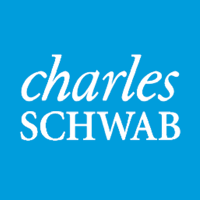
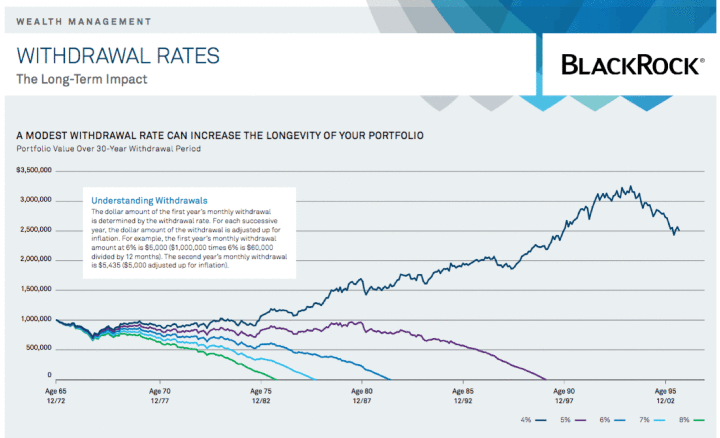
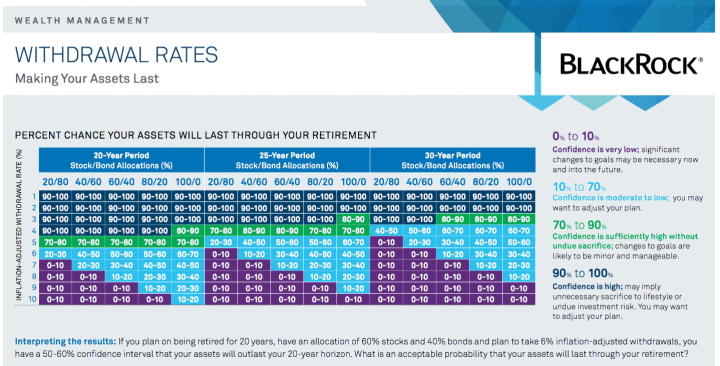
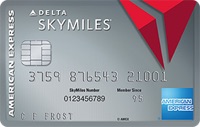 The Delta American Express card line-up has some
The Delta American Express card line-up has some 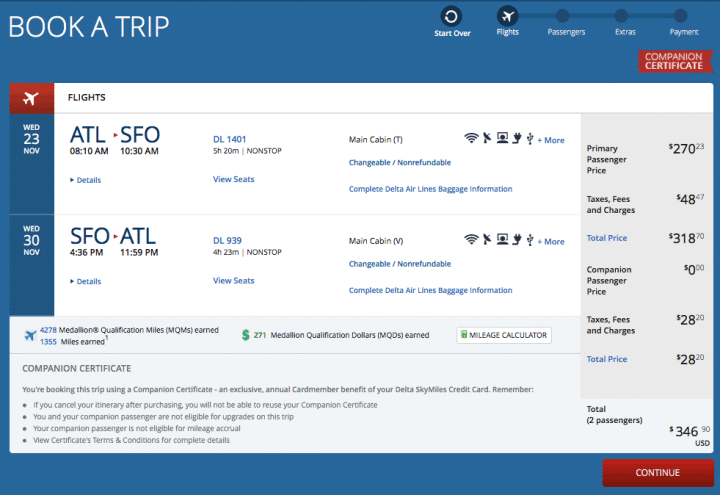
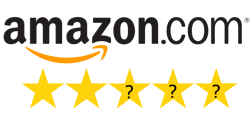 Update: As of 10/3/16, Amazon has changed their policy and now prohibits reviews in exchange for discounted products. From the
Update: As of 10/3/16, Amazon has changed their policy and now prohibits reviews in exchange for discounted products. From the 
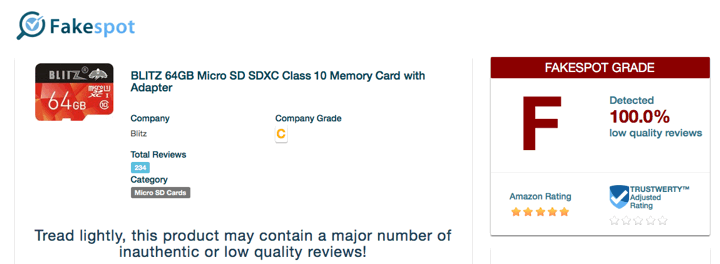

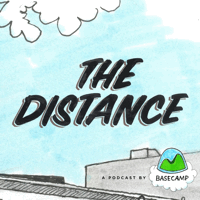 Many of the podcasts I listen to aren’t financially-related, but I’ve recently been catching up
Many of the podcasts I listen to aren’t financially-related, but I’ve recently been catching up  The Brookings Institution came out with an interesting report titled
The Brookings Institution came out with an interesting report titled 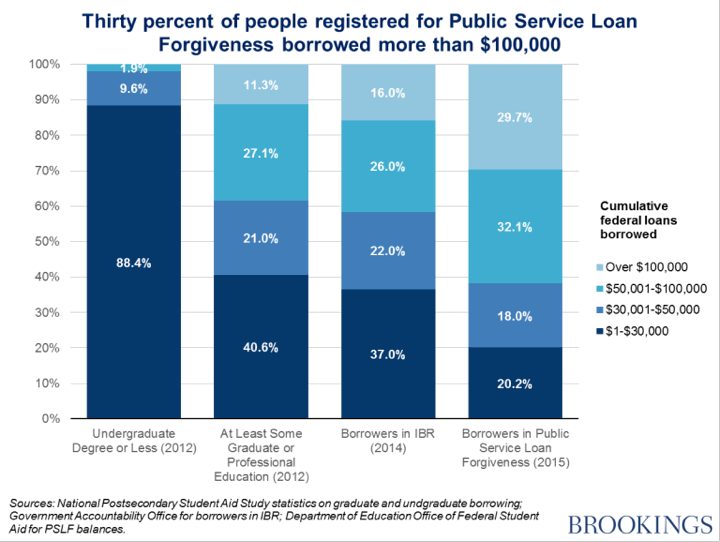
 The Best Credit Card Bonus Offers – March 2024
The Best Credit Card Bonus Offers – March 2024 Big List of Free Stocks from Brokerage Apps
Big List of Free Stocks from Brokerage Apps Best Interest Rates on Cash - March 2024
Best Interest Rates on Cash - March 2024 Free Credit Scores x 3 + Free Credit Monitoring
Free Credit Scores x 3 + Free Credit Monitoring Best No Fee 0% APR Balance Transfer Offers
Best No Fee 0% APR Balance Transfer Offers Little-Known Cellular Data Plans That Can Save Big Money
Little-Known Cellular Data Plans That Can Save Big Money How To Haggle Your Cable or Direct TV Bill
How To Haggle Your Cable or Direct TV Bill Big List of Free Consumer Data Reports (Credit, Rent, Work)
Big List of Free Consumer Data Reports (Credit, Rent, Work)